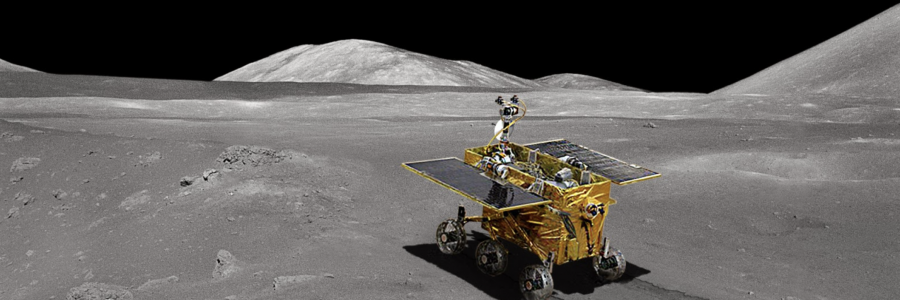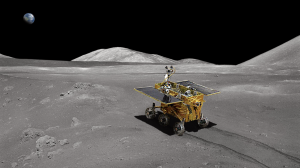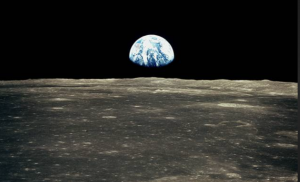
China’s probe Lands on the unexplored far side of the Moon


A Chinese robot Chang’e-4 probe on January 3rd successfully landed on the back of the Moon at a distance of 117.6 degrees east longitude and 45.5 degrees south latitude and started exploring the far side of the Moon surface and carry out geological experiments.
The photograph passed back to the world’s first close range through the “Bridge Bridge” relay star and reveals the mystery of the ancient Moon back. The mission also realised the first soft landing of the human detector and the relay communication of the first Moon back with the Earth.
The No4 detector began to reduce the power from the distance of 15 km from the Moon. The 7500N variable thrust engine was turned on, and the speed of the detector was gradually increased from a relative 1.7km to the Moon. Drop to zero every second. At 6-8km , the detector performs rapid attitude adjustment and keeps approaching the Moon, it starts hovering at a distance of 100 meteres from the lunar surface, identifies the obstacles and slopes, and autonomously avoids obstacles, after selecting a relatively flat area, start slowly and vertically down. About 690 seconds later the No.4 detector landed autonomously in the von Carmen Crater in the Antarctic Aitken Basin on the back of the Moon.
After Moonfall, under the ground control, through the relay communication link of the “Bridge Bridge” relay star, the Chang’e4 detector carried out a number of tasks such as sunwing and directional antenna deployment, and established a directional antenna high-speed link. At 11:40 the lander surveillance C camera captured the world’s first close-up image of the Moon’s back and passed it back to the grounds. The picture shows the direction of the patrol that is about to leave the lander and sail towards the Moon.
